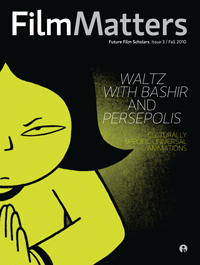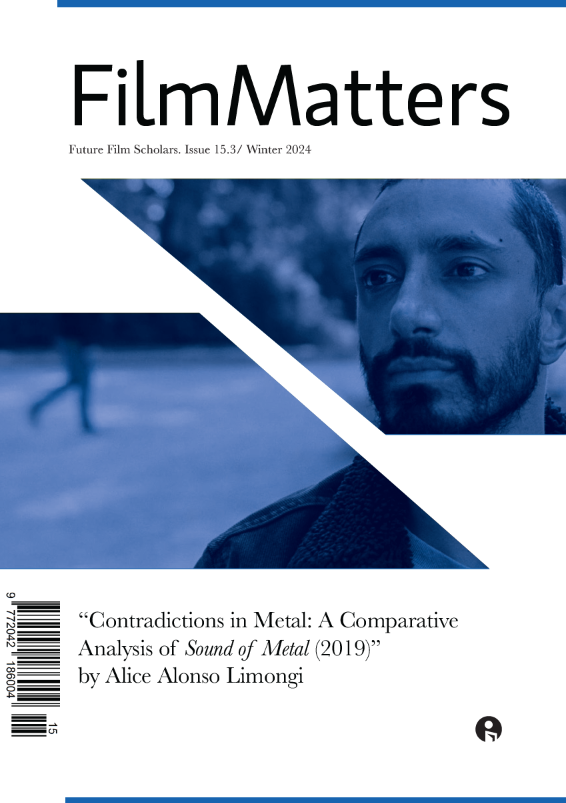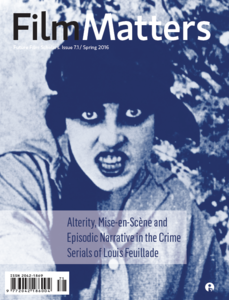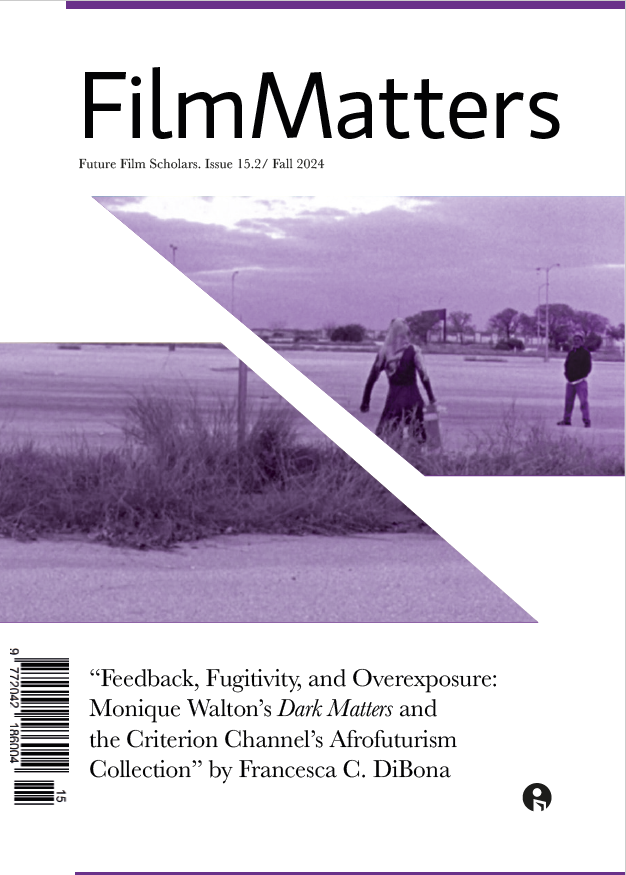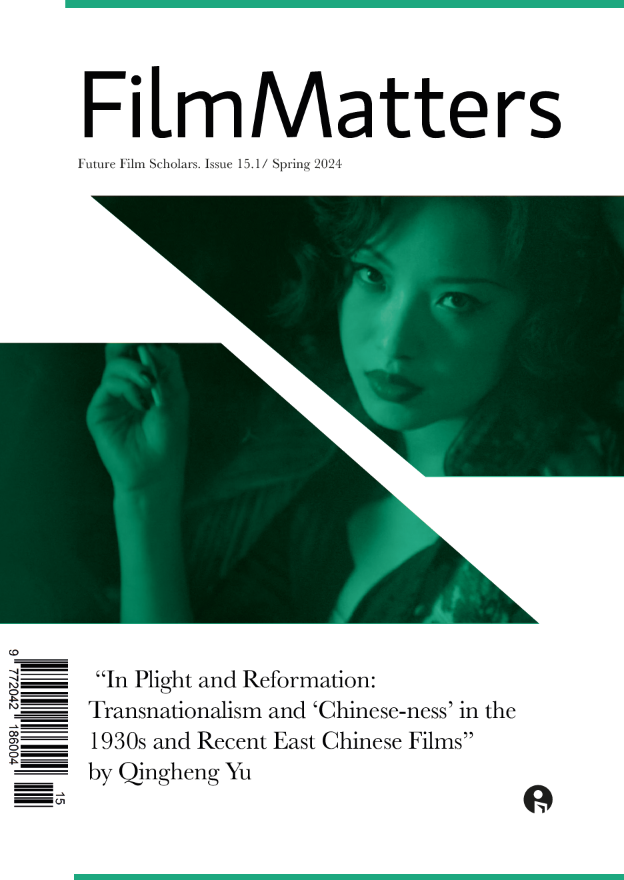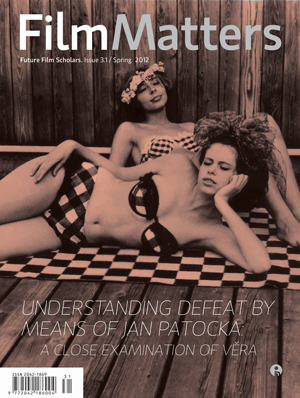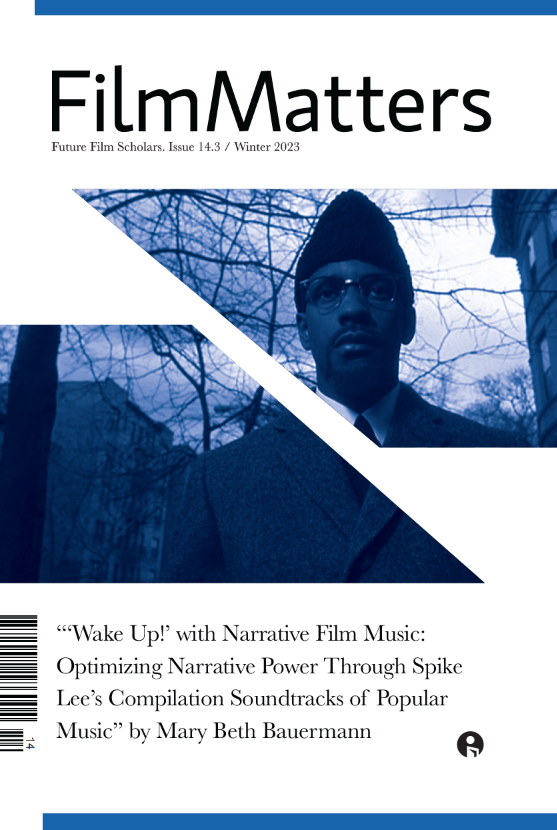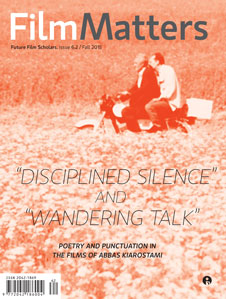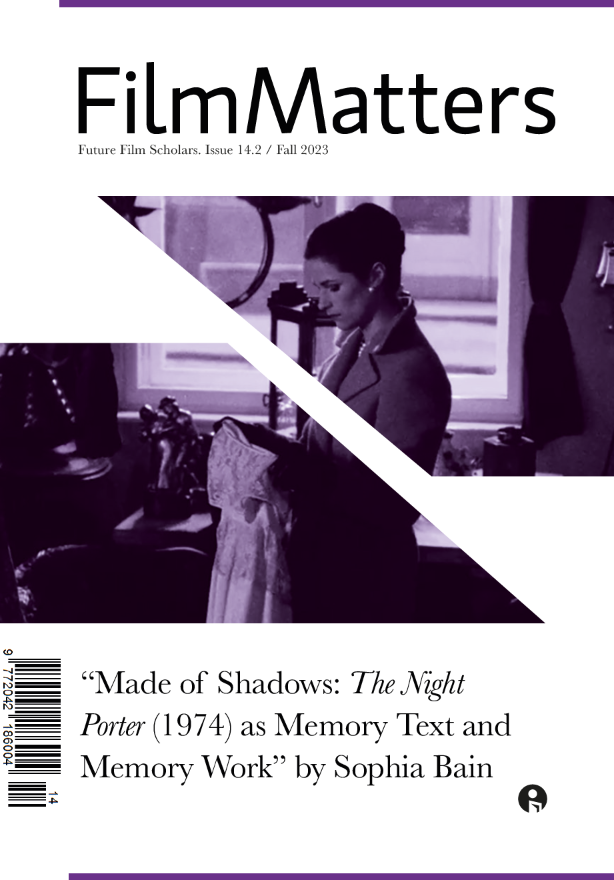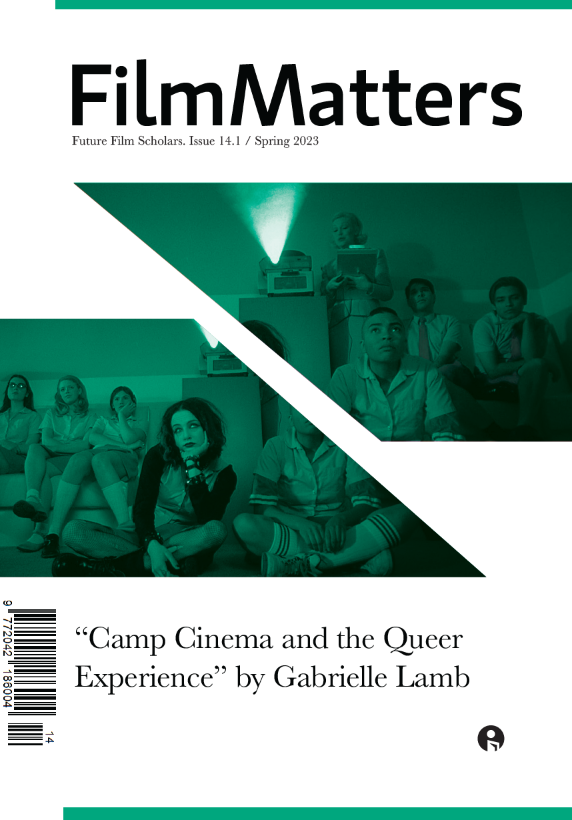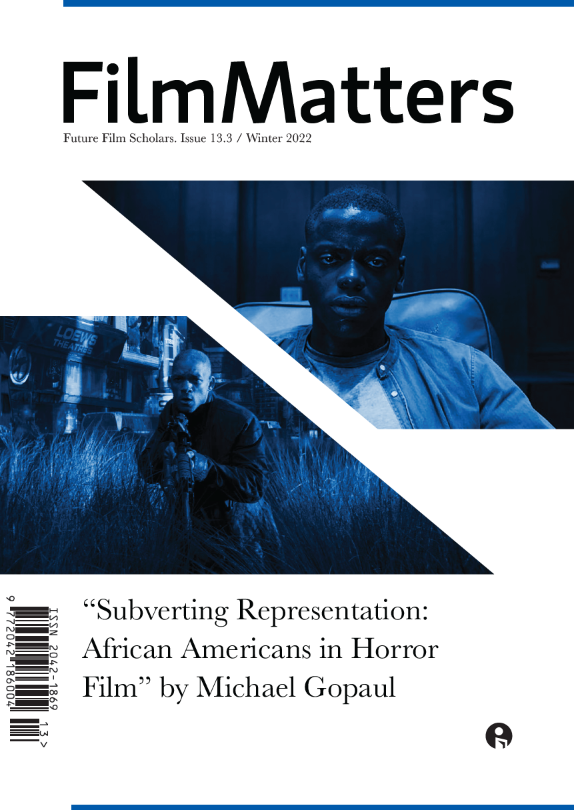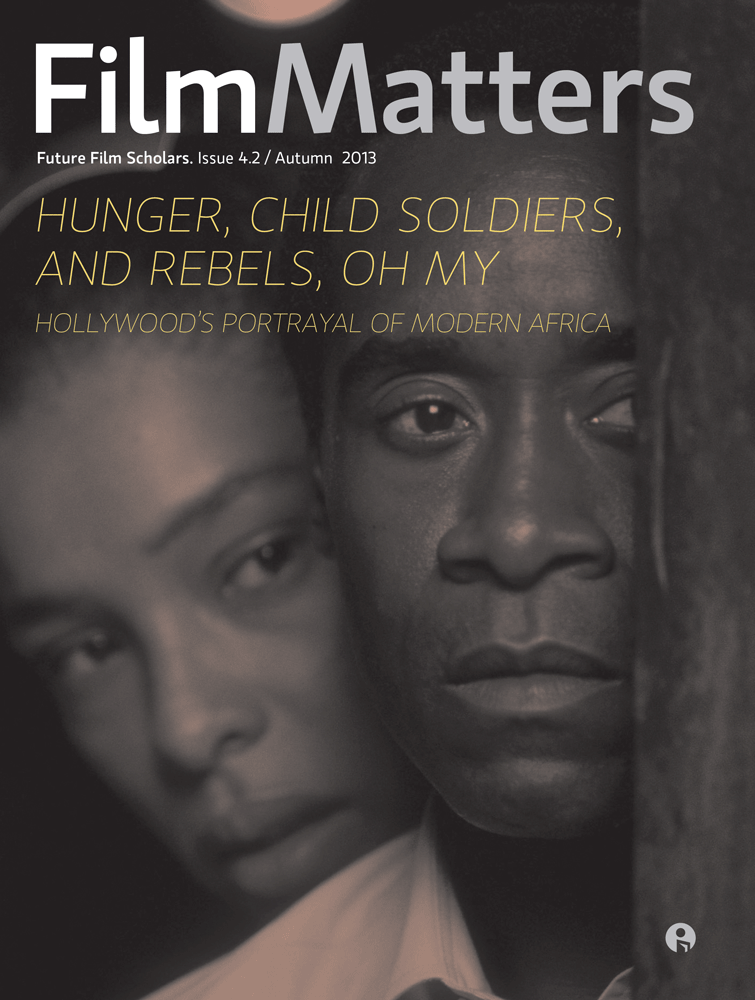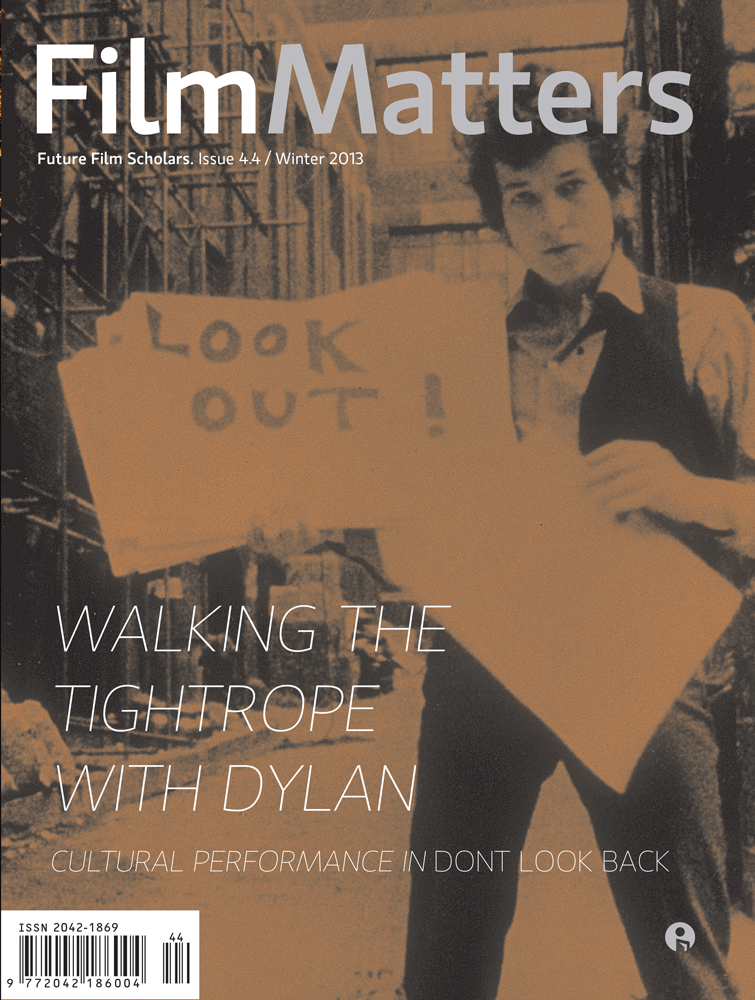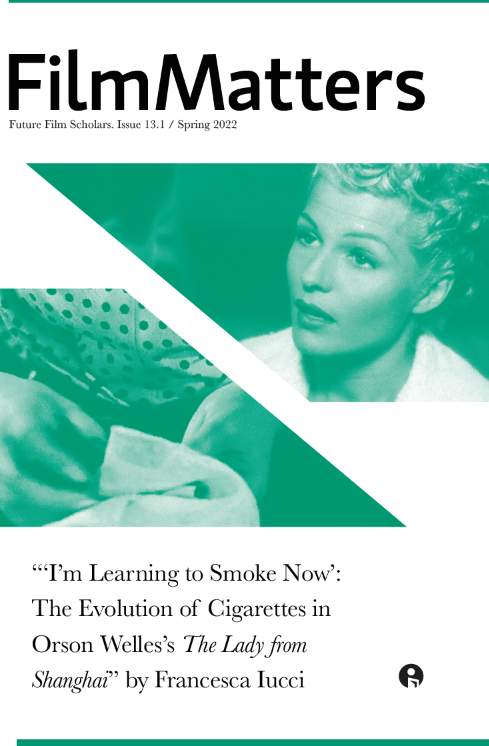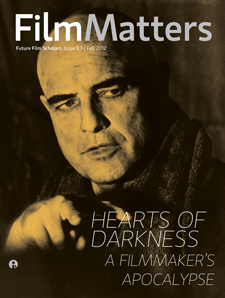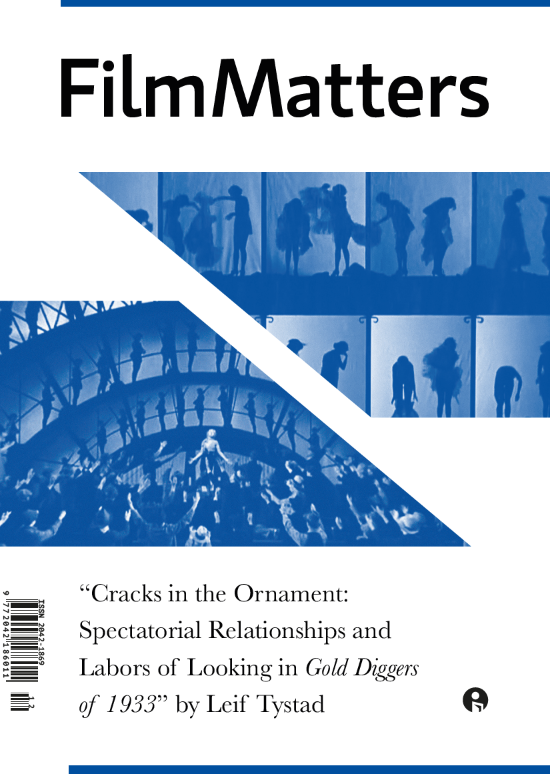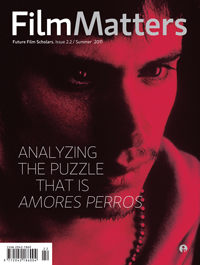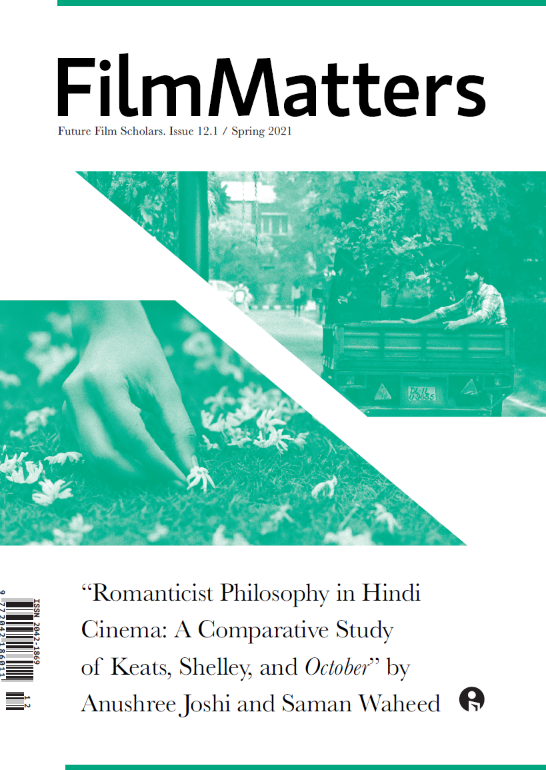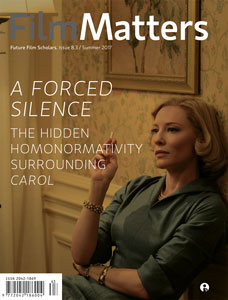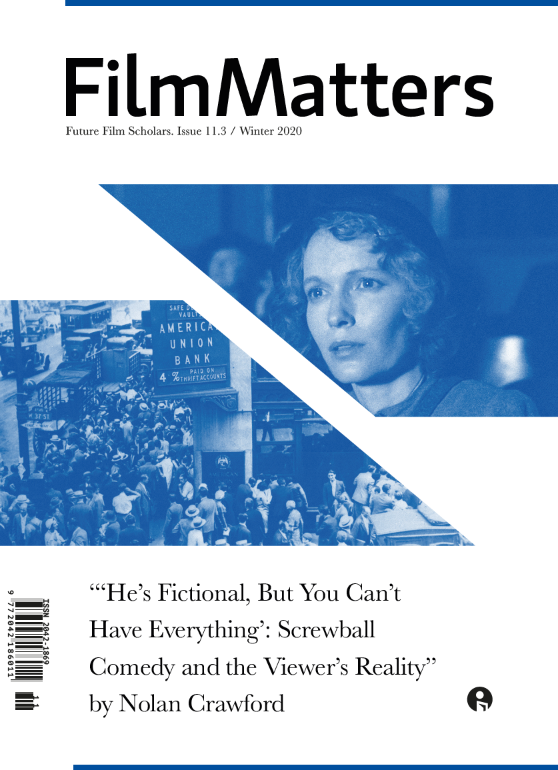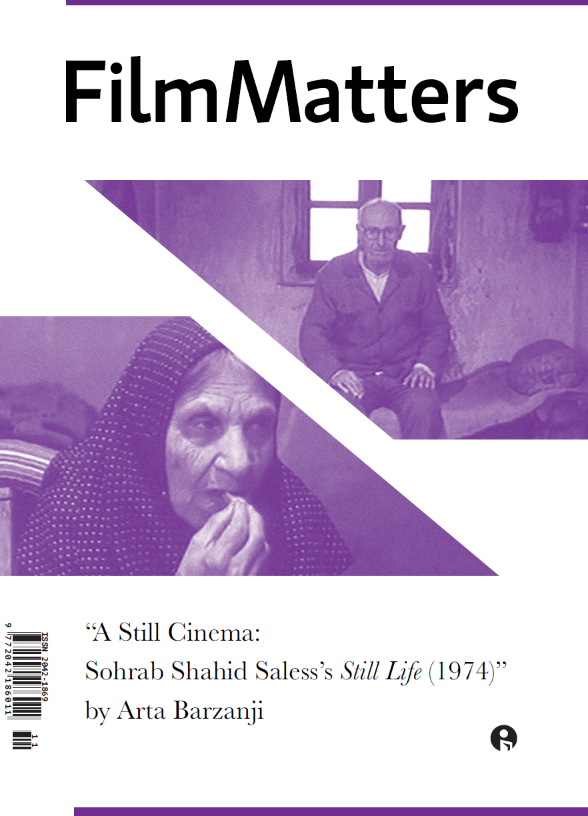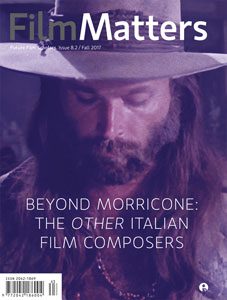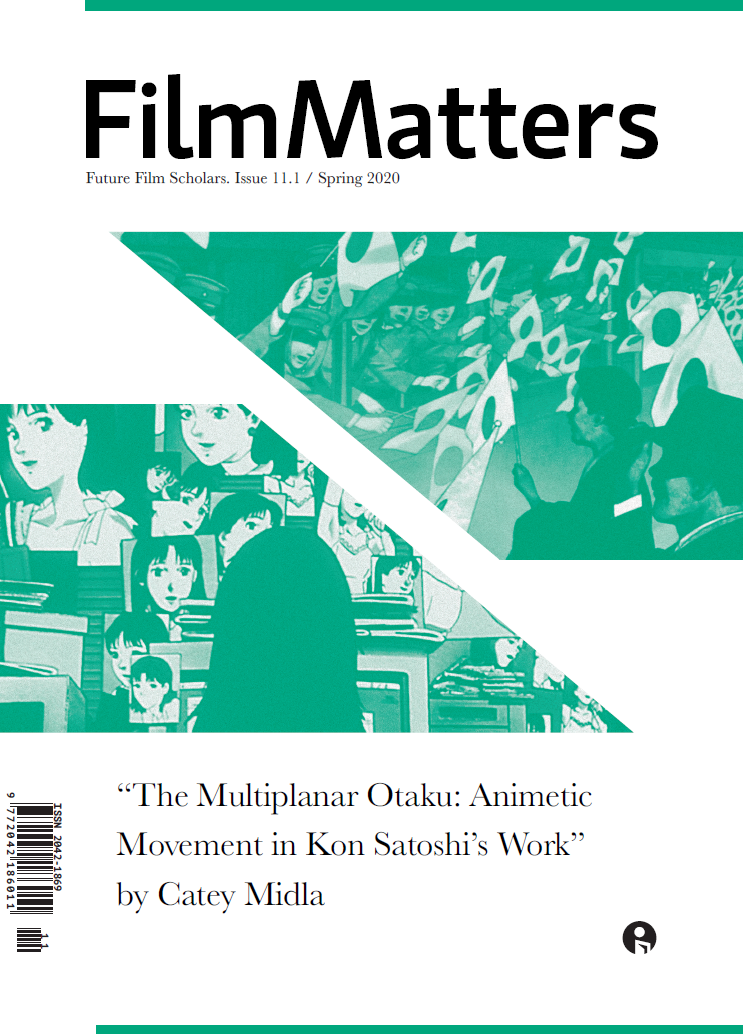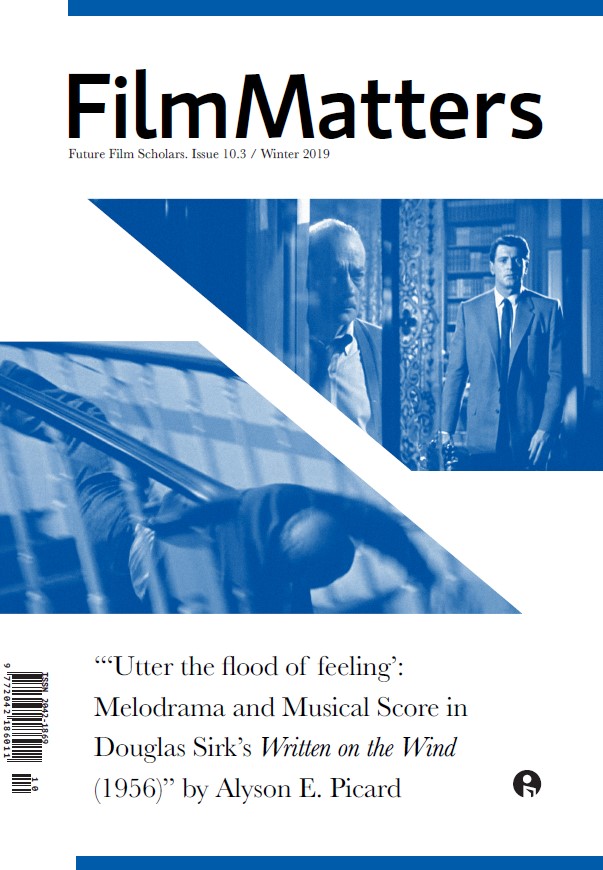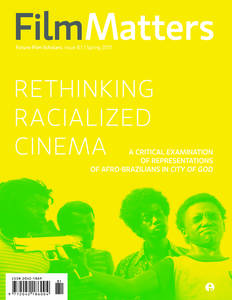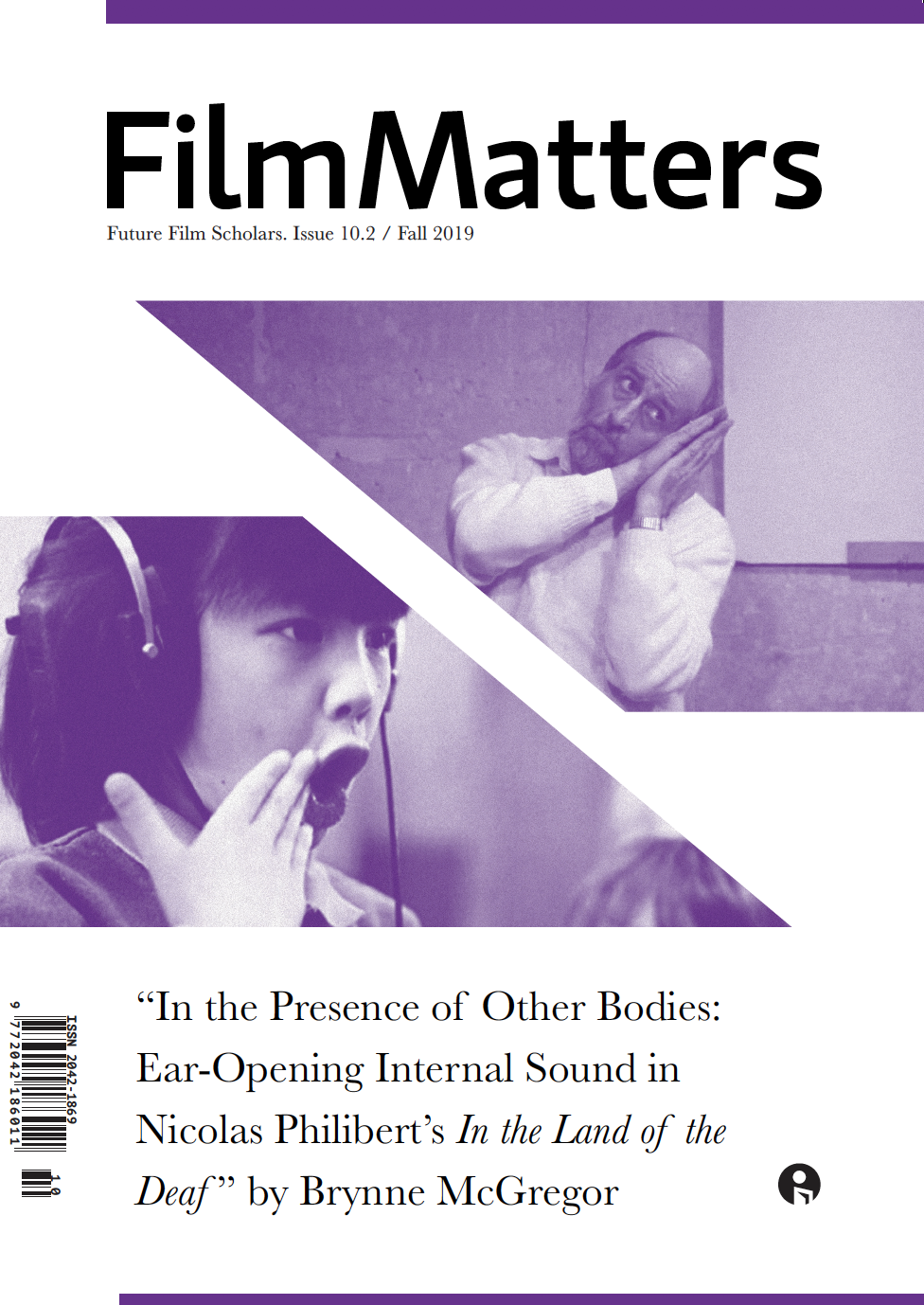Get your IMDb app ready, because Stephen Lee Naish loves to reference both mainstream and independent films in this interview with Film Matters intern, Lydia Plantamura. Writing on a range of subjects in American films from digital manipulation in film editing, to the Mumblecore subgenre of the Obama era, to the quirky career of Dennis Hopper, Naish has authored two books: U.ESS.AY: Politics and Humanity in American Film and Create or Die: Essays on the Artistry of Dennis Hopper. His anticipated third work, Deconstructing Dirty Dancing is set for release in April of 2017.
Lydia Plantamura: You introduce your first book, U.ESS.AY, as the result of your “dissatisfaction with contemporary American cinema.” Many film viewers would agree with you that the digital age has produced films that offer visual spectacle, but ultimately ring hollow. What are current American films missing?
Stephen Lee Naish: From a mainstream perspective, there is an obvious lack of originality in modern mainstream cinema that I feel every time I visit a multiplex. There is far too much reliance on reboots, sequels, comic book adaptations, and remakes. There is still a sense of creativity at play, but Hollywood is just a machine of extreme commerce. That being said, it’s like being a casual drug user. I take a hit of spectacle of cinema and feel utterly elated for a few hours. Then the effects wear off and I’m left feeling completely hollow. But, I’ll do it again the next week just to feel that same high again. Independent films are still providing complexity and engaging narratives, but they have no chance to compete among these bigger films. That I find disappointing. Continue reading









